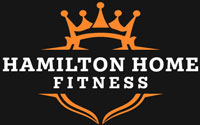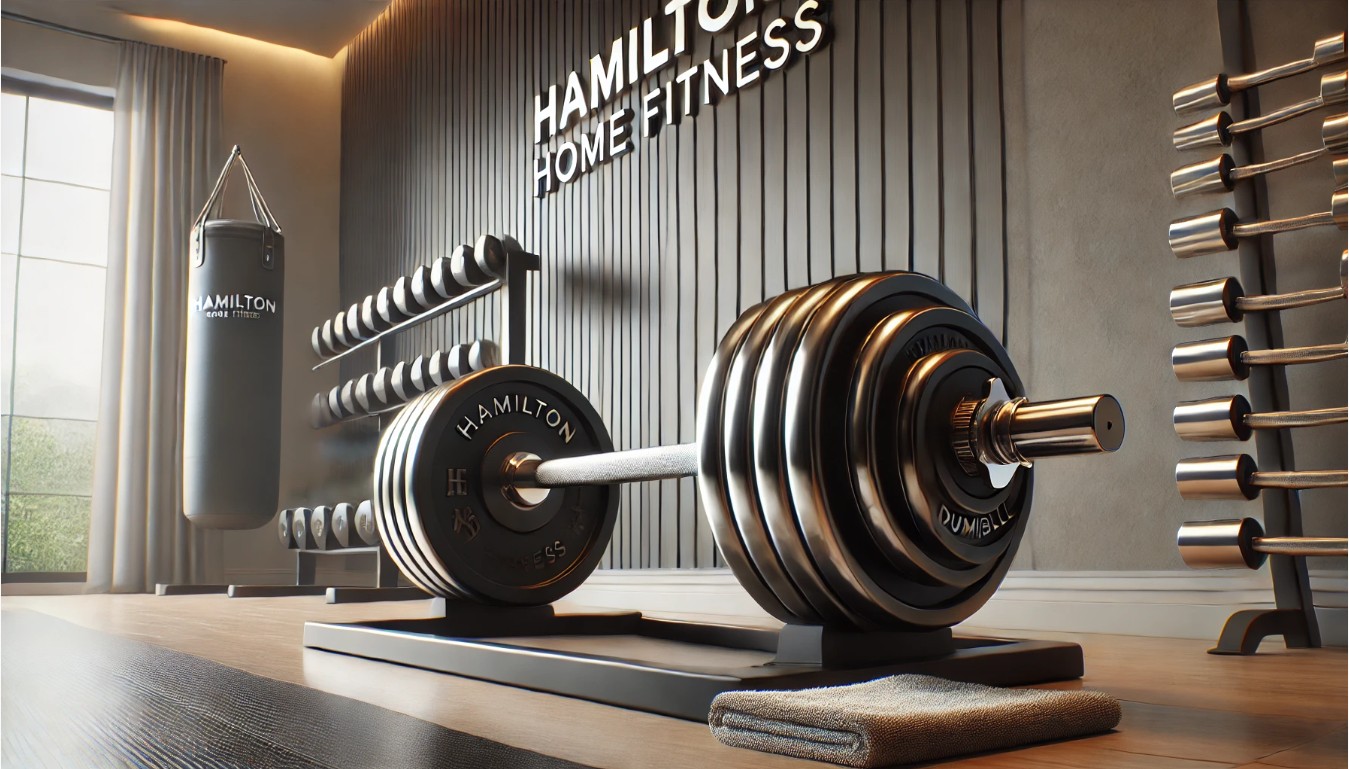Introduction:
Regarding fitness equipment, your barbell and dumbbell set are pivotal in achieving your strength and conditioning goals. Whether you're an avid lifter or just starting your fitness journey, maintaining the longevity and performance of your equipment is crucial. Proper care and cleaning can significantly extend the lifespan of your barbells and dumbbells, ensuring optimal performance for years.
But did you know that failing to maintain your barbell and dumbbell set can result in a buildup of rust, grime, and even damage that could compromise your workouts? Studies show that well-maintained fitness equipment looks better and ensures your safety during heavy lifting. Proper cleaning can even improve the grip of your weights, preventing slippage during lifts, which is essential for injury prevention.
In this comprehensive guide, we'll cover everything you need to know about cleaning and maintaining your barbell and dumbbell set—from the tools required to step-by-step instructions, all while emphasizing why Hamilton Home Fitness should be your go-to choice for durable, high-quality equipment. Ready to make sure your gear is in prime condition? Let's dive in.
Why Proper Cleaning and Maintenance Matter
The benefits of cleaning and maintaining your barbell and dumbbell set go beyond just aesthetic appeal. Here are a few key reasons why it's essential to incorporate maintenance into your fitness routine:
Enhanced Durability and Longevity
- Fitness equipment like barbells and dumbbells endure constant wear and tear. Over time, sweat, dust, and even moisture from the air can accumulate, causing rusting and reducing the lifespan of your equipment. Cleaning and maintenance prevent this, saving you money in the long run by avoiding unnecessary repairs or replacements.
Improved Performance
- Over time, a build-up of grime and dirt can reduce the effectiveness of your workout. A clean barbell and dumbbell set offer better grip and ease of movement during lifts, which is crucial for safety and performance, especially when lifting heavier weights.
Safety First
- Maintaining your weights and equipment ensures no sharp edges, rust spots, or malfunctioning parts could lead to injury. Safety should always be a priority, and a well-maintained set of weights ensures you can focus on your reps, not on potential hazards.
Aesthetics and Cleanliness
- A dirty or rusted barbell and dumbbell set can detract from your home gym's clean, professional appearance. Regular maintenance keeps your fitness space inviting and motivating.
Step-by-Step Guide to Cleaning and Maintaining Your Barbell and Dumbbell Set
Let's break down the steps for cleaning and maintaining your barbell and dumbbell set. By following these easy steps, you'll keep your equipment looking great and ensure it performs at its best for years.
1. Gather Your Cleaning Supplies
Before diving into the cleaning process, ensure you have all the necessary tools. Here's what you'll need:
- Soft Cloths or Microfiber Towels: These are ideal for wiping down the weights without causing scratches.
- Mild Soap or Dish Soap: A gentle soap is perfect for cleaning without damaging the surface of your equipment.
- Water: For rinsing and mixing with soap.
- WD-40 or Lubricant: This helps prevent rust buildup and maintains smooth movement.
- Steel Wool or Wire Brush: For stubborn rust on metal surfaces.
- Bucket or Basin: To soak your dumbbells or barbell parts.
- Rubber Gloves: To protect your hands from cleaning chemicals.
2. Clean Your Dumbbells
For dumbbells, the cleaning process is slightly different depending on their coating type (rubber, neoprene, or metal). Here's the breakdown:
Rubber-Coated Dumbbells:
- Rubber coatings can attract dust, sweat, and oils that are hard to wipe off. To clean, mix mild soap with warm water and use a microfiber cloth to wipe down the dumbbell. For stubborn marks, use a soft-bristled brush or an old toothbrush. Avoid using harsh chemicals or abrasives that could damage the coating.
Metal Dumbbells:
- It's important to keep traditional metal dumbbells free of rust. Wipe down the dumbbells with a clean cloth and mild soap solution. After drying, apply a small amount of WD-40 or a lubricant to ensure the dumbbells remain rust-free. For dumbbells with rust buildup, use steel wool or a wire brush to scrub away the rust, then reapply lubrication to prevent future rusting.
3. Clean Your Barbell
Cleaning your barbell requires attention to detail, especially about the shaft and sleeves, where dirt, sweat, and moisture can accumulate. Follow these steps:
Barbell Shaft:
- Start by wiping down the barbell shaft with a damp microfiber cloth. Be sure to eliminate any excess grime or dirt that might have accumulated. If you notice any sticky or greasy residue, mix a small amount of mild soap with water and gently scrub the shaft using a cloth or soft brush. Avoid harsh chemicals, as they can degrade the barbell's finish.
Barbell Sleeves:
- The sleeves of your barbell, where the weights are loaded, require extra attention. Over time, debris can get trapped in these areas, reducing the smooth movement of the plates. Use a cloth to wipe the sleeves, and if needed, apply a light lubricant to prevent them from seizing up. If you see any rust on the sleeves, scrub it gently with a steel wool pad.
Knurling:
- The knurling (textured grip) on your barbell handles is essential for ensuring a secure grip during lifts. To maintain the knurling, avoid using harsh cleaning agents. Instead, use a small wire brush to remove any dirt or debris that may have built up. If rust appears on the knurling, use steel wool or a wire brush to carefully clean it without damaging the texture.
4. Preventing Rust and Corrosion
To ensure your barbell and dumbbell set remain in excellent condition, it's essential to prevent rust. Here are a few preventive measures:
- Keep your equipment dry: Store your weights in a cool, dry place away from moisture.
- Use a gym mat: If your gym is prone to moisture, use a rubber mat to protect your equipment from water damage.
- Lubricate moving parts: Applying a small amount of lubricant to your barbell sleeves and other moving components can reduce friction and prevent rust from forming.
5. Regular Inspections
In addition to regular cleaning, it's essential to inspect your barbell and dumbbell set periodically for wear and tear. Check for:
- Loose bolts or collars: Tighten loose parts to prevent malfunction during workouts.
- Cracks or damage: Examine your equipment for structural damage, especially on the weights or knurling.
- Rust formation: Regularly inspect for signs of rust, especially on metal parts exposed to moisture.
6. Storage Tips
Proper storage is another key element in maintaining your barbell and dumbbell set. Here are a few tips:
- Use a rack: Store your dumbbells on a rack to keep them organized and reduce wear on their surfaces.
- Wall-Mount for Barbells: If space is tight, consider installing a wall-mounted barbell holder to keep your barbell off the floor.
- Avoid stacking weights: Storing weights improperly can cause them to become damaged or difficult to use.
Research and Sources
- The National Institute of Health (NIH) has confirmed that maintaining equipment can improve safety and prolong its lifespan. Consistent cleaning prevents the spread of bacteria and reduces the risk of injury due to malfunctioning equipment.
- The American College of Sports Medicine (ACSM) recommends using high-quality equipment, such as Hamilton Home Fitness products, because they are designed to withstand wear and tear in demanding gym environments and offer greater longevity and performance.
By following these tips, you can ensure that your barbell and dumbbell set remain in peak condition, boosting the efficiency and safety of your workouts.
Frequently Asked Questions (FAQ)
1. How often should I clean my barbell and dumbbell set?
You should clean your barbell and dumbbell set after every workout. If that's not possible, aim to clean them at least once a week, especially if you notice sweat, rust, or grime buildup.
2. Can I use harsh chemicals to clean my weights?
No, it's best to avoid harsh chemicals as they can damage the finish or coating on your weights. Stick to mild dish soap or a specialized gym equipment cleaner.
3. How can I prevent my weights from rusting?
Keep your equipment dry and store it in a cool, dry place. To prevent moisture from causing rust, apply a light coat of lubricant to metal parts.
4. Can I clean my equipment using water alone?
Water alone is effective for general cleaning, but a mild soap solution can help remove sticky residues or oil. Always ensure your equipment is thoroughly dried to prevent water damage.
5. Do I need to lubricate my barbell sleeves?
Yes, lubricating the sleeves of your barbell will prevent them from seizing up and reduce the risk of wear over time. Use a light lubricant such as WD-40.
Conclusion
Maintaining your barbell and dumbbell set is not just about keeping your equipment looking good—it's about ensuring your safety, improving performance, and maximizing the life of your gear. By following the cleaning and maintenance steps outlined in this guide, you can enjoy a cleaner, safer, and more efficient workout environment. At Hamilton Home Fitness, we provide the highest quality equipment designed to withstand the rigors of your fitness journey while offering exceptional durability. Remember, a well-maintained barbell and dumbbell set is an investment in your fitness future—so start cleaning today and enjoy the results tomorrow!
Ready to upgrade your fitness gear? Visit Hamilton Home Fitness to shop the industry's best barbells, dumbbells, and more!





